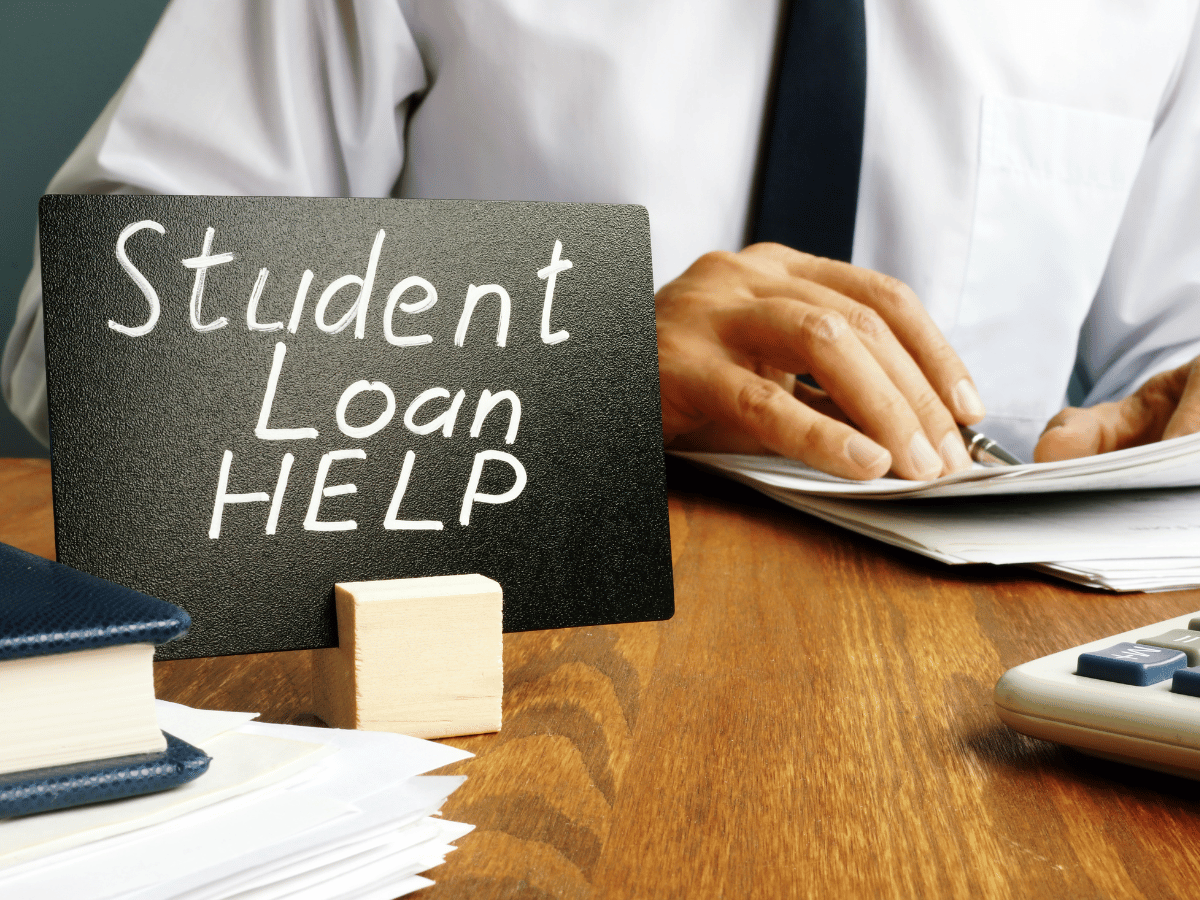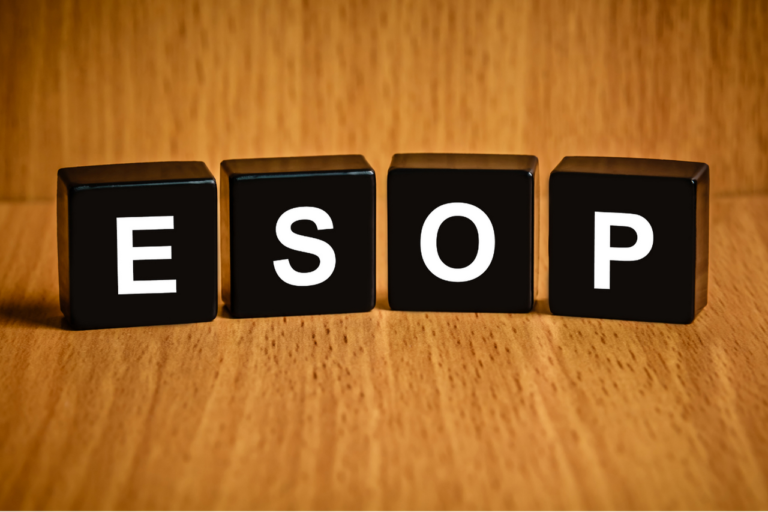DOE Implements SAVE Program in Wake of Student Loan Forgiveness Rejection
MATTHEW AREY, JD* – RETIREMENT ADVISOR, PARTNER
September 2023
Student loans continue to be at the forefront of our national debate. No more so than this past summer, where the Biden administration’s utilization of the HEROES Act attempted to grant relief to many student loan borrowers.1 The Supreme Court weighed in, decisively siding against the Biden administration’s debt forgiveness plan at the end of the Court’s summer term. As a reminder, this proposed student loan debt reduction plan applied to individuals with less than $125,000 in income and forgave, generally, loan balances between $10,000 and $20,000 dollars based upon factors including federal student aid recipients. The economic scale of the administration’s proposal should not be undervalued: an estimated 43 million student loan borrowers would be impacted by the debt relief program, equating to $430 billion dollars of outstanding loan debt.2 Additionally, the Department of Education (DOE) estimated the proposed student loan relief would impact nearly 98.5% of all student loan borrowers.3 For reference, the total outstanding student loan amount is approximately $1.4 trillion dollars.
The Supreme Court decided that the HEROES Act, a 2003 law, did not authorize the president’s loan forgiveness plan because Congress did not authorize the President to unilaterally enact such a sweeping loan cancelation policy. The HEROES Act authorized the Secretary to “waive or modify any statutory or regulatory provision applicable to the student financial assistance programs under title IV of the Education Act as the Secretary deems necessary in connection with a war or other military operation or national emergency.”4 The administration argued that the ability to “waive or modify” meant Congress had delegated to the DOE the power to en-masse forgive loans based upon broad circumstances (specifically debt amount, and income) in the wake of COVID pandemic. . A majority of the Supreme Court Justices failed to read such a large and broad loan forgiveness program into the language of “waive or modify”. The Court instead found that it was “highly unlikely that Congress” authorized such a sweeping loan cancellation program “through such a subtle device as permission to modify.”5
Because the court ruled that the Biden administration acted outside the scope of Congress’ delegated authority, the administration’s proposal cannot move forward and forgive en-masse the outstanding loans of 98.5% of borrowers – at least not through the HEROES Act. Following the Court’s decision, Biden and the DOE issued a statement that they were working towards another solution to assist with student loan debt relief. In September, outstanding federal loans began accruing interest and are slated to go into repayment in October of 2023. The Department of Education recently announced a new type of Income Driven Repayment (IDR) called SAVE.6
SAVE is a type of IDR. The major provisions of SAVE might assist student-borrowers (especially undergraduate student-borrowers) with their monthly payments. SAVE accomplishes this by decreasing “Discretionary Income,” a defined term under the IDR formulas, and by decreasing the applicable percentage – that is, the percentage of your discretionary income that must be applied to your student loans (generally the applicable amount is 5% and 10% of discretionary income for undergraduate and graduate student borrowers, respectively).7 The following is a table from Federal Student Aid, demonstrating the SAVE Plan monthly payments.8

Student loans will likely continue to be an area of interest and debate. Lebel & Harriman has a deep level of expertise in helping employers design and implement student loan assistance programs. L&H can help with employee surveying, plan document creation, strategic plan design, cost projections, provider selection, and employee communication. In addition, L&H has student loan debt resources available for employees and can provide financial services related to the topic of student loan debt evaluation. If you have any questions, or if you’d like more information, please contact Lebel & Harriman Retirement Advisors at 207-773-5390!
Sources
- 87 Fed. Reg. 61514.
- Biden v. Nebraska, 600 U.S. 477, 501 (2023)
- See Dept. of Ed., White House Fact Sheet: The Biden Administration’s Plan for Student Debt Relief Could Benefit Tens of Millions of Borrowers in All Fifty States (Sept. 20, 2022).
- 20 U.S.C. Section 1098bb(a)(1); Biden v. Nebraska, 600 U.S. 477, 494 (2023)
- Biden v. Nebraska, 600 U.S. 477, 496 (2023) (internal quote marks removed for clarity).
- White House Statement: Statement from Vice President Harris on Biden-Harris Administration’s new SAVE Plan for Student Loan Repayment; https://www.whitehouse.gov/briefing-room/statements-releases/2023/08/22/statement-from-vice-president-harris-on-biden-harris-administrations-new-save-plan-for-student-loan-repayment/ (Aug. 22, 2023).
- SAVE Repayment Plan Offers Lower Monthly Loan Payments, Federal Student Aid https://studentaid.gov/announcements-events/save-plan
- SAVE Repayment Plan Offers Lower Monthly Loan Payments, Federal Student Aid https://studentaid.gov/announcements-events/save-plan
*Although licensed to practice law, Matthew does not provide legal services for clients. Attorney-Client privilege does not apply to communications. Lebel & Harriman is not a law firm. The information contained in this communication, including its attachments, is not protected information and may be subject to disclosure to the full extent of the law.
This material is not intended to provide and should not be relied on for tax or legal advice. Any information contained herein is of a general nature. You should seek specific advice from your tax or legal professional before pursuing any idea contemplated.
All information is based on sources deemed reliable, but no warranty or guarantee is made as to its accuracy or completeness.






